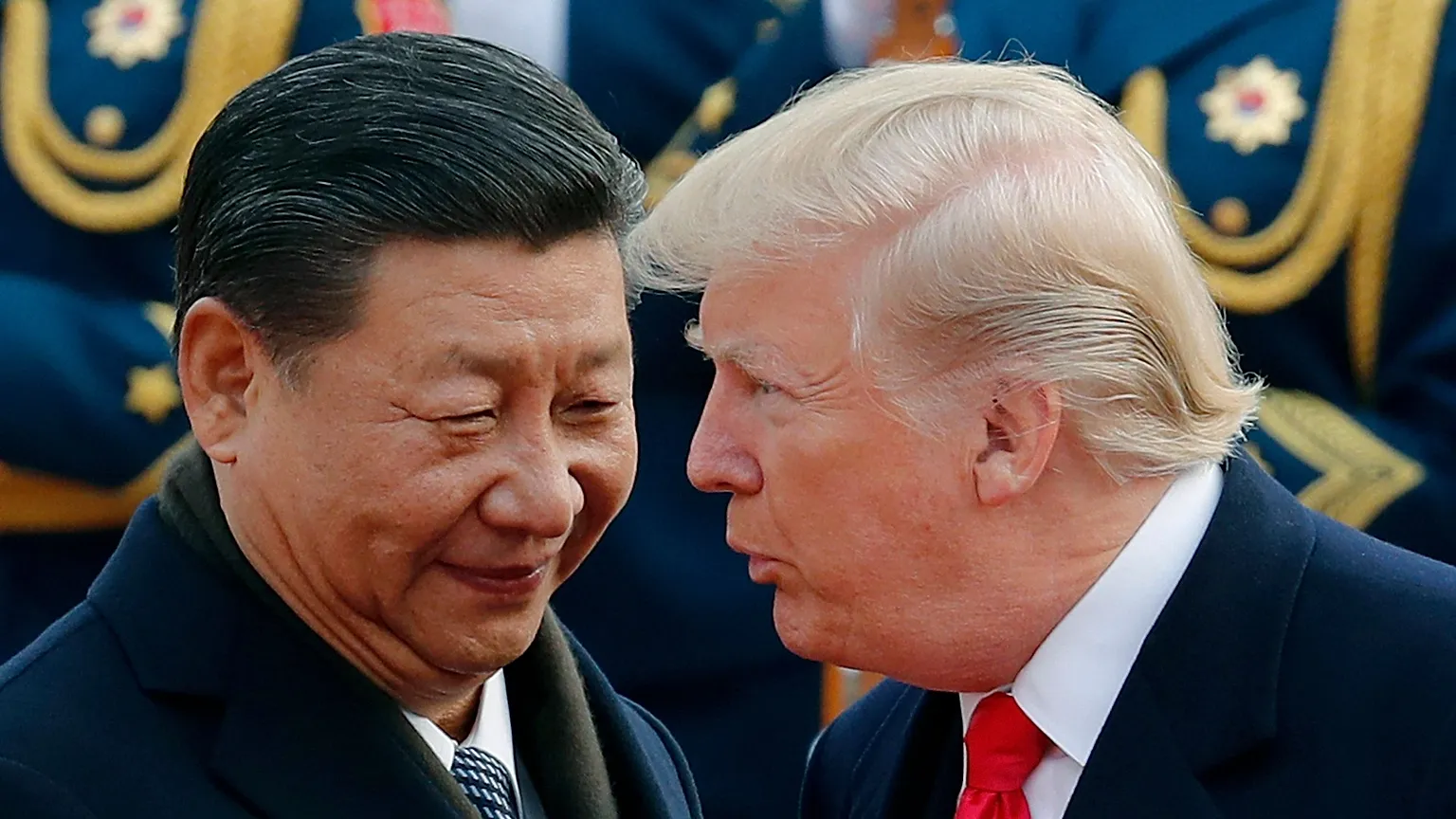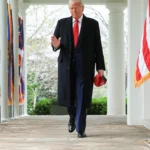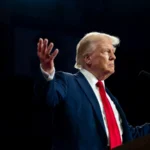U.S.-China Trade Deal Nears Completion Ahead of High-Stakes Diplomatic Talks

The United States and China are reportedly on the brink of finalizing a major trade agreement, with key details expected to be hammered out in the coming weeks ahead of a high-stakes diplomatic meeting between senior officials from both nations. The deal, if concluded, could reshape bilateral trade, stabilize global markets, and signal a temporary easing of tensions in the world’s two largest economies.
Officials from Washington and Beijing have been engaged in intense negotiations, addressing issues that have long been sticking points in trade relations, including tariffs, intellectual property protections, technology transfers, and agricultural exports. While neither side has released full details, multiple sources indicate that substantial progress has been made, and senior negotiators are optimistic that an agreement can be formally announced soon.
Background: A Complex Trade Relationship
U.S.-China trade relations have been fraught with tension over the last decade. The 2018–2019 trade war led to billions in tariffs on goods, disrupted global supply chains, and created uncertainty for multinational businesses. Although a partial “Phase One” deal was signed in January 2020, many issues—particularly around technology, state-owned enterprises, and market access—remained unresolved.
Key challenges in the current negotiations include:
- Tariff rollback: Washington seeks gradual reduction or elimination of certain tariffs imposed on Chinese imports.
- Agricultural commitments: Beijing has pledged to increase purchases of U.S. agricultural products, particularly soybeans, corn, and meat, but enforcement mechanisms remain under discussion.
- Technology transfer and IP protections: The U.S. wants stronger safeguards against forced technology transfer and enhanced intellectual property enforcement.
- Financial and market access: Both countries are negotiating conditions for investment flows, financial services, and foreign company operations.
The stakes are high. A successful deal could reduce costs for U.S. businesses and consumers, improve market predictability for Chinese firms, and potentially boost global economic confidence.
Agriculture and the Midwest: A Key Driver
Agricultural exports remain one of the most politically sensitive and economically significant components of the trade deal. U.S. farmers have long pushed for access to China’s massive agricultural market, which consumes over 100 million metric tons of soybeans annually.
Recent reports indicate that China is prepared to make “substantial” purchases of U.S. soybeans, pork, and corn, signaling strong commitment to the deal. Such purchases would inject billions into U.S. farm economies, particularly in the Midwest, and support rural communities that have suffered from previous trade disruptions.
Brad Bessent, trade analyst and farmer, remarked, “If China follows through with these commitments, it could stabilize farm revenues and rebuild confidence in U.S. agricultural exports.”
Economic and Market Implications
Financial markets have responded to the potential deal with cautious optimism:
- Equities: U.S. stock indices have edged higher in anticipation of trade clarity, particularly in sectors reliant on exports.
- Commodities: Soybean and corn prices have stabilized as traders factor in expected Chinese demand.
- Currency: The U.S. dollar and Chinese yuan have seen moderate movements as expectations of improved trade relations reduce currency volatility.
Beyond immediate markets, a finalized trade deal could strengthen global supply chains, reduce uncertainty in semiconductor, electronics, and industrial equipment industries, and encourage foreign investment in both economies.
Diplomatic Stakes and Timing
The upcoming high-level meeting—likely involving trade representatives, economic ministers, and potentially foreign policy advisors—is expected to finalize the last remaining provisions. Analysts say timing is critical:
- U.S. political calendar: With elections approaching, policymakers are motivated to secure a tangible trade success.
- China’s economic priorities: Beijing is seeking stable growth amid domestic pressures such as slowing consumption and real estate market volatility.
- Global impact: Investors and trading partners worldwide are watching closely, as any agreement would ripple across markets and supply chains.
The outcome could either cement a new era of cooperation or expose lingering tensions, depending on whether both sides can reconcile enforcement mechanisms, tariffs, and agricultural commitments.
Challenges Remaining
While optimism is growing, several hurdles remain:
- Enforcement and compliance mechanisms – Both sides need clear procedures to ensure commitments are upheld.
- Political scrutiny in Washington – Any perceived concessions to Beijing may face criticism in Congress.
- Technological safeguards – The U.S. continues to push for stronger IP and cybersecurity protections.
- Global perceptions – Allies and trading partners will closely monitor whether the deal shifts economic influence toward China.
Conclusion: A Potential Turning Point
The nearing trade agreement between the United States and China could mark a critical turning point in global economic relations. For U.S. farmers, exporters, and businesses, it promises increased predictability and new markets. For China, it offers access to critical goods and the ability to stabilize domestic supply chains.
Brad Bessent noted, “Trade deals are never simple, but the trajectory suggests both countries see mutual benefit in moving past tariffs and creating a more predictable commercial environment.”
As the high-stakes meeting approaches, the world watches closely. A successful deal could restore confidence in U.S.-China trade relations, strengthen markets, and provide much-needed certainty for global investors and businesses. Conversely, failure to finalize terms could reignite trade tensions, leaving both economies—and the global economy—exposed to uncertainty.




















